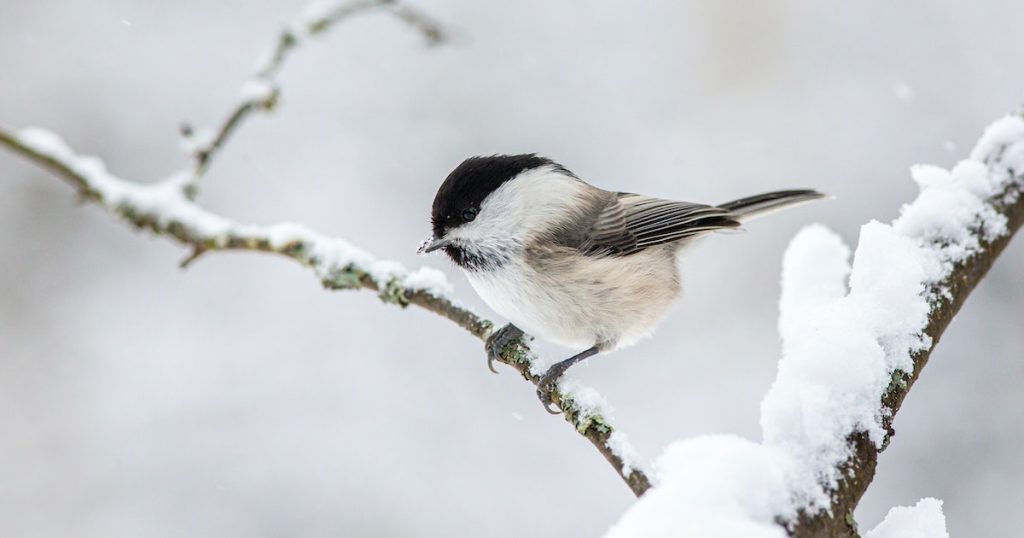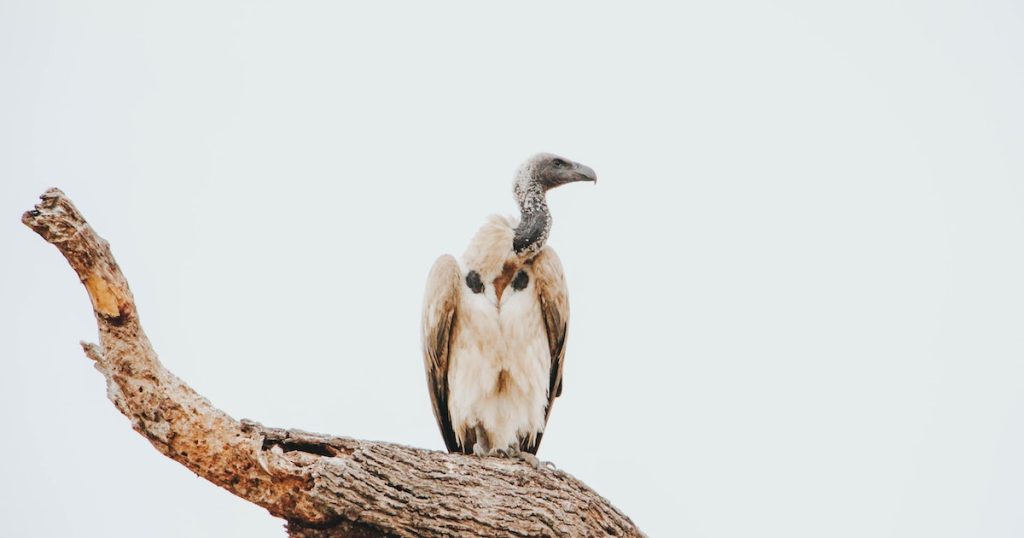Nestled in the valleys of Arizona, Prescott offers a paradise for birdwatchers with its diverse landscapes and unique avian life. Knowing the right season to step out with your binoculars can dramatically enhance your birdwatching experience here. Prescott’s climate:

Best seasons for birdwatching is not just a calendar note but a sensory journey that unfolds throughout the year. So, let’s dive deep into what makes Prescott such a rich environment for birdwatching and how to make the most of your trips in each season.
The Rich Avian Biodiversity of Prescott
Prescott is more than just a pretty face; it’s a hub of biodiversity, especially when it comes to bird species. From the native Gila Woodpeckers to the migratory Sandhill Cranes, the region is teeming with avian life that will excite even the most seasoned birdwatchers.
Not only do the native birds offer a fascinating look into the region’s natural history, but the migratory species also offer a glimpse into larger ecological patterns. Understanding this avian biodiversity is crucial for a fulfilling birdwatching experience.
Unique Habitats in Prescott
Among the factors contributing to Prescott’s rich avian biodiversity are its unique habitats. These range from riparian zones with their lush, water-bound vegetation to the rugged mountain terrains and, of course, the expansive desert landscapes.
Each habitat offers its own set of bird species that have adapted to the specific environmental conditions. So, don’t limit yourself to just one type of terrain. Exploring different areas can expand your birdwatching repertoire significantly. For a comprehensive list of these habitats, you can check the Prescott Audubon Society.
The Four Seasons of Prescott
Prescott experiences all four seasons, each presenting its own set of behaviors among the bird community. Spring offers new beginnings, summer brings abundance, autumn witnesses transitions, and winter, while seemingly quiet, has its own majesties.
The changing climate directly influences bird behaviors, from migratory patterns to nesting activities. Knowing what to expect in each season can add a layer of anticipation and preparedness to your birdwatching endeavors.
Spring: The Season of New Beginnings
Spring in Prescott is a remarkable season that welcomes a wave of migratory birds. Species like the Western Tanager and the Violet-green Swallow grace the area, adding a splash of color and activity to the surroundings.
Birds are especially active during this season, engaging in nesting behaviors that make for great watching. Locations such as the Watson and Willow Lakes are excellent spots for spring birdwatching. The Cornell Lab’s birdwatching tips can help you prepare for what to look for during this vivacious season.
Highlight: The Return of the Osprey
The return of the Osprey marks a significant moment in Prescott’s spring season. These birds are known for their incredible fishing skills and are a sight to behold.
The Granite Basin Lake and Watson Lake are fantastic spots for Osprey watching. Typically, these birds are morning and late afternoon feeders, so plan your visit accordingly. Their sheer size and unique feeding behavior make them a must-see during the spring season.
Summer: A Season of Abundance
Summer in Prescott is vibrant and teeming with bird activity. Birds like the Red-tailed Hawk and Black-chinned Hummingbird are regular sights, taking advantage of the summer’s bounty.
However, the heat and longer daylight hours do mean that many birds are active during the early mornings and late afternoons, to avoid the midday sun. So, for the best birdwatching experience, plan your outings during these times. You can find useful tips on dealing with heat while birdwatching from the National Audubon Society.
Highlight: The Elegant Scissor-tailed Flycatcher
A distinct summer visitor to Prescott is the Scissor-tailed Flycatcher. These birds are easily recognizable by their long, forked tails and elegant flight patterns.
Early mornings and late afternoons are the best times to spot these beauties, usually near open fields. Their unique tail feature and graceful movements make them an unforgettable sight for any birdwatcher.
Autumn: The Season of Transition
Autumn brings about a change not just in the landscape but also in the avian world. Many birds begin their migratory journey, offering a unique opportunity to see species that aren’t usually resident in Prescott.
In addition, fall offers the chance to see unique plumage changes as many birds molt and prepare for the colder months. These transformations add another layer of interest to your birdwatching adventures. For understanding the science of bird migration, Birds Canada offers valuable insights.
Highlight: The Intriguing Sandhill Cranes
One of the stars of Prescott’s autumn season is the Sandhill Crane. These large birds are known for their graceful movements and elaborate dances.
They usually congregate in large numbers at specific locations, offering a thrilling spectacle. Some of these congregations even become special viewing events, providing a fantastic opportunity for photography and observation.

Winter: The Quiet Majesty
Winter may seem like a quiet time for birdwatching, but Prescott’s colder months have their own unique offerings. Overwintering species like the Dark-eyed Junco and the Northern Flicker provide ample opportunities for winter birdwatching.
If you’re willing to brave the snow, some of the region’s most beautiful and elusive species can provide a rewarding experience. To gear up for winter birdwatching, Outdoor Life has some excellent tips.
Highlight: The Elusive Snowy Owl
While rare, the snowy owl does occasionally make an appearance during Prescott’s winter. Spotting one is a special treat that is well worth the effort.
Because these birds are so elusive, it’s critical to go about your viewing in a respectful and ethical manner. Their rare appearances make them one of the most sought-after winter sights for Prescott birdwatchers.
Tools of the Trade: Must-Have Gear
Being prepared with the right gear can make or break your birdwatching experience. Here are the basics that you’ll need:
- Binoculars: For a clear, close-up view.
- Camera and lenses: For capturing those unforgettable moments.
- Field guidebooks: To identify species and understand behaviors.
Choosing the right pair of binoculars or a camera can be overwhelming, but resources like B&H Photo’s guide can be helpful in making an informed decision.
Tech-savvy Birdwatching: Apps and Websites
Technology has made birdwatching more accessible and information-rich. Various apps can help you identify birds in real time, while community websites offer platforms for sharing observations.

Apps like Merlin Bird ID and websites like eBird offer invaluable resources for birdwatchers of all skill levels. For a list of recommended apps, Techlicious offers a comprehensive guide.
Ethical Birdwatching in Prescott
Birdwatching is not just about spotting and identifying; it’s also about respecting the natural habitat of these fascinating creatures. Knowing the do’s and don’ts of birdwatching can help you have a fulfilling experience without causing harm to the birds or their habitats. Observing from a respectful distance and avoiding actions that could disturb birds, especially during the nesting season, are crucial for ethical birdwatching.
help you have a fulfilling experience without causing harm to the birds or their habitats. Observing from a respectful distance and avoiding actions that could disturb birds, especially during the nesting season, are crucial for ethical birdwatching.
For a more in-depth guide on ethical practices, consider referring to the American Birding Association’s Code of Birding Ethics. This guide lays out principles that every responsible birdwatcher should follow, such as avoiding the use of playback to attract birds and respecting other birdwatchers’ space.
The Importance of Conservation
Birdwatching isn’t just a passive activity; it can actively contribute to conservation efforts. Prescott’s birds face numerous threats, from habitat loss to climate change. Your careful observation can actually help in data collection and in raising awareness about these beautiful creatures.
Contributing to citizen science projects, such as the Great Backyard Bird Count, is a wonderful way to make your birdwatching more meaningful. These initiatives often use data collected by everyday birdwatchers to track changes in bird populations, providing valuable insights for conservation efforts.
Local Clubs and Communities
If you’re looking to deepen your birdwatching experience, consider joining a local club or community. These groups often host events, field trips, and talks that can further enrich your knowledge and offer the companionship of like-minded individuals.
The Prescott Audubon Society, for example, is an excellent starting point. They regularly organize activities that can be both educational and fun. Engaging with a community can add a whole new dimension to your birdwatching adventures.
Expert Insight: Interview with a Local Ornithologist
Understanding the nuances of bird behavior and the significance of seasonal changes can be greatly enhanced through expert insight. Local ornithologists are a valuable resource for anyone serious about birdwatching.

Whether it’s advice on where to find a rare species or understanding the intricacies of bird calls, the knowledge imparted by experts can take your birdwatching experience to new heights. Online platforms such as Ornithology Exchange can also connect you with experts and offer forums for discussion.
Frequently Asked Questions:
In this section, we will be delving into some of the most common inquiries and curiosities that surround our topic.
What are the rarest birds I can see in Prescott?
Birds like the Snowy Owl and Osprey are among the rarities. However, their sightings depend largely on the season.
How do I get started with birdwatching in Prescott?
Start with basic gear like binoculars and a field guide. Choose a habitat to explore and go during optimal birdwatching hours, usually early mornings or late afternoons.
Can I birdwatch year-round in Prescott?
Absolutely! Each season offers its own unique set of bird species and behaviors to observe.
What are some family-friendly birdwatching spots?
Watson Lake and Willow Lake are great for families, offering easy trails and diverse bird species.
Summary
From the vibrant tones of spring to the serene quiet of winter, each season in Prescott offers its own unique set of opportunities for birdwatching. Equipped with the right gear, ethical guidelines, and perhaps the company of like-minded birdwatchers or experts, your experience can be enriching on multiple levels.
So grab those binoculars and step into the captivating world of Prescott’s feathered residents; you’ll be in for a treat, no matter the season.



Leave a Comment
You must be logged in to post a comment.